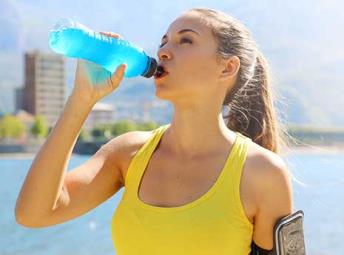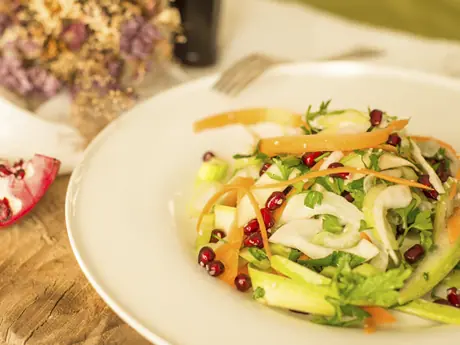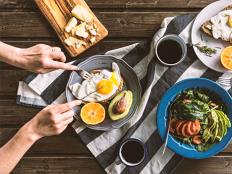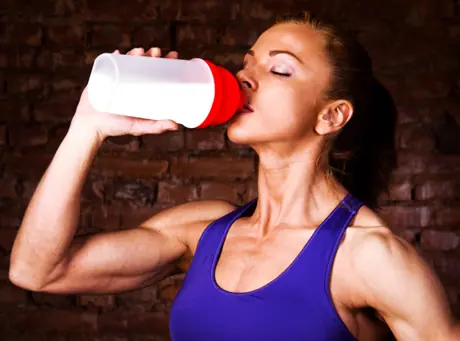If you're an endurance athlete who is training for an Ironman triathlon or an ultramarathon, you need a food plan. Performance starts with fuel. It's the foundation of your training program. These tips will help you gain extra energy.
Acknowledge the Power of Being Well-Fueled
Many already-lean runners are convinced they will perform better if they lose just a few more pounds. They fail to realize they will perform better by eating, not dieting, and by being properly fueled. Despite popular belief, the lightest runner may not be the best runner. The best runner tends to be well-fueled and well-trained.Optimize Your Daily Training Diet
Your goals are to constantly be fueled-up before workouts and then re-fueled afterward by eating carbohydrate-based meals and snacks that also include some protein. By feeding your body evenly throughout the day, you'll have steady energy all day with no lags. The trick is to make your breakfast and morning snacks bigger, and your evening food intake smaller.More: Are Eggs and Sausage the Best Breakfast to Eat Before a Race?
Sketch out sample meals that fulfill your energy needs. For example, if one ultrarunner needs at least 4,000 calories a day to fuel his 15-mile daily runs, he'd want to divide his calories into four 1,000-calorie meals/food buckets.
More: The Best Natural Fuel for Runners
The first bucket (6 to 10 a.m.) is to fuel up and refuel from his morning run. The second bucket (10 a.m. to 2 p.m.) is for an early hearty lunch. The third bucket (2 to 6 p.m.) is for a second smaller lunch plus an energy bar and sports drinks to energize his 5 p.m. workout. The fourth bucket (6 to 10 p.m.) is to refuel his muscles after the second workout of the day. Knowing his calorie goals for each four-hour block of time will help him maintain high energy so he can train hard, yet still enjoy the training sessions.
More: 5 Whole-Food Alternatives to Sports Products
As a hungry endurance athlete, you must develop a similar eating strategy to fit your training schedule. One triathlete devised this routine: he drank 16 ounces of juice before his morning swim. Afterward, he refueled on the drive to work with a big bagel with peanut butter, banana and milk in a travel mug. He ate a hot dinner-like meal at lunchtime from the worksite cafeteria. He also added a yogurt to his second lunch, which consisted of granola and raisins stocked in his desk drawer. He kept his evening meal—a turkey sub and chocolate milk—in the office refrigerator. This program ensured healthful food would be conveniently waiting for him and prevented him from overeating fatty take-out food at night.
- 1
- of
- 3
About the Author

Sports nutritionist Nancy Clark MS RD CSSD has a private practice in the Boston-area (Newton; 617-795-1875), where she helps both fitness exercisers and competitive athletes create winning food plans. Her best-selling Sports Nutrition Guidebook, and food guides for marathoners, cyclists and soccer players, as well as teaching materials, are available at www.nancyclarkrd.com. For online workshops, visit www.NutritionSportsExerciseCEUs.com.
Get ACTIVE on the Go


Couch to 5K®
The best way to get new runners off the couch and across the finish line of their first 5K.
Available for iOS | Android







Discuss This Article